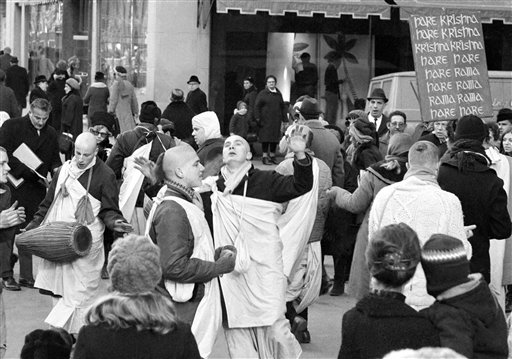“The First Amendment does not guarantee the right to communicate one’s views at all times and places or in any manner that may be desired,” wrote Justice Byron White in Heffron v. International Society for Krishna (1981). The Heffron principle is a formidable foe for many free-speech claimants.
Heffron principle deals with alternative avenues to desired expression
In the Heffron case itself, the U.S. Supreme Court upheld a Minnesota state fair rule limiting the distribution or sale of written materials to specified locations. A religious organization wished to distribute its materials through the fairgrounds. However, the Court explained the Heffron principle and emphasized that the group was still able to engage in expression – albeit not in its desired location. There were other ways for the religious group to communicate, including at officially approved booths, the Court explained.
Heffron principle has been used to reject free-speech challenges
Lower courts have utilized the Heffron principle to reject a variety of free-speech challenges. The 8th U.S. Circuit Court of Appeals employed the concept in Havlak v. Village of Twin Oaks (2017) to uphold a requirement that commercial photographers obtain a permit before taking photographs in a village’s park. The appeals court reasoned that there were other places around the city where the commercial photographer could ply her craft.
The 6th U.S. Circuit Court of Appeals also used the concept in M.A.L. v. Kinsland (2008) to reject a First Amendment challenge to a school prohibiting a student from distributing leaflets in school hallways. The appeals court reasoned that the student could distribute the leaflets in other locations but not the highly trafficked school hallways.
The 5th Circuit Court of Appeals used the principle in Hang On, Inc. v. City of Arlington (1995) to reject a gentleman’s club First Amendment challenge to a “no-touch” provision, prohibiting performance dancers and patrons from touching each other. Implicit in the court’s reasoning was that dancers could still convey expressions of eroticism without touching.
Speakers’ First Amendment rights can be violated by Heffron principle
The difficulty is that speakers’ messages can be reduced, if not muted, if speakers are not allowed to communicate in an appropriate forum. Sometimes the place of the message is vitally important, or inextricably intertwined to the dissemination of the message.
If courts apply the Heffron principle too broadly, valuable expression, including protests on matters of public concern, can be silenced or reduced.
David L. Hudson, Jr. is a law professor at Belmont who publishes widely on First Amendment topics. He is the author of a 12-lecture audio course on the First Amendment entitled Freedom of Speech: Understanding the First Amendment (Now You Know Media, 2018). He also is the author of many First Amendment books, including The First Amendment: Freedom of Speech (Thomson Reuters, 2012) and Freedom of Speech: Documents Decoded (ABC-CLIO, 2017). This article was originally published in 2009.

